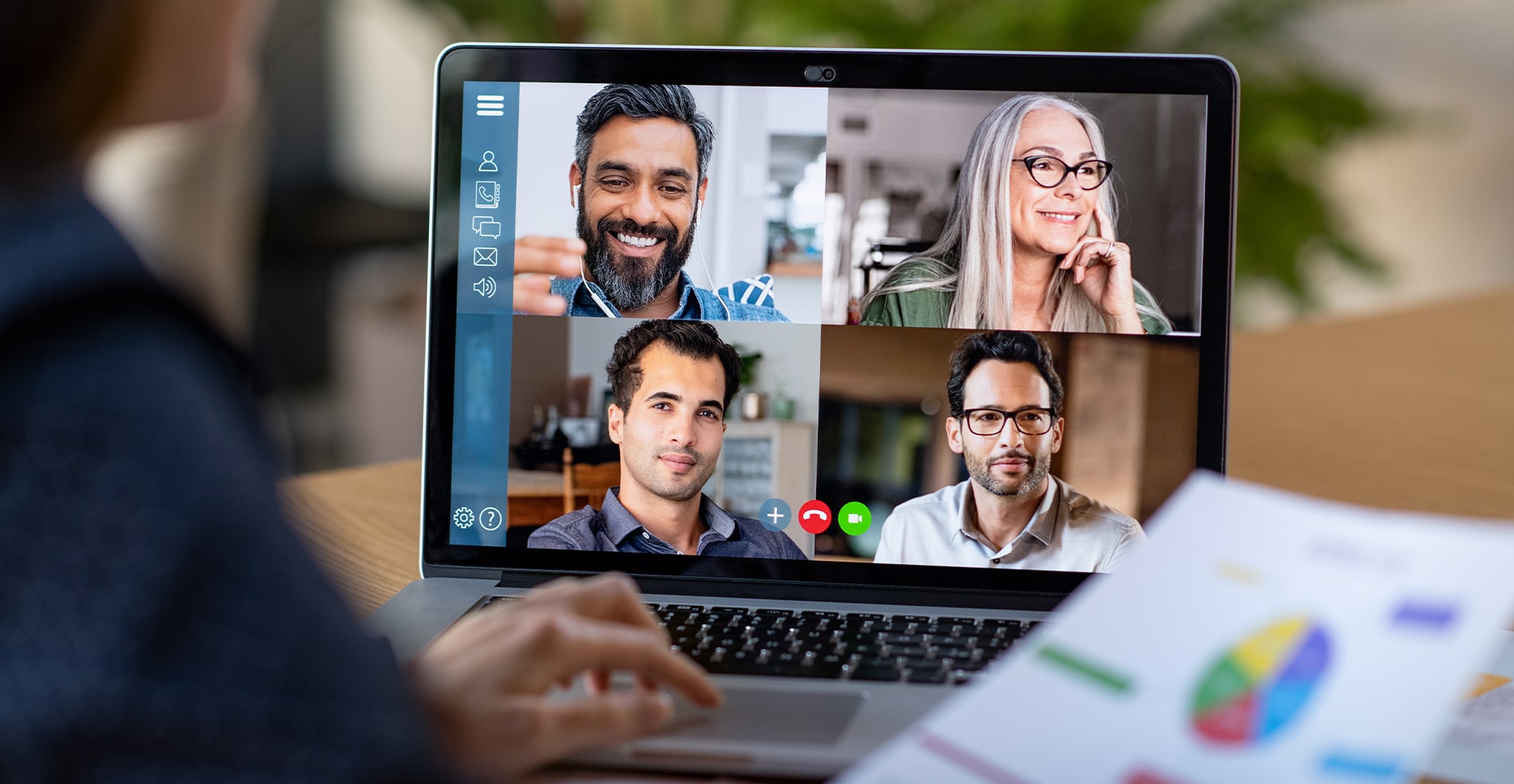How to Choose the Best Antivirus Software
Simplify your search for an antivirus software with this guide.
read morePublished on: December 1st, 2021

Recent years have brought significant changes to how we work with technology. The pandemic brought millions into the remote workforce, and many have remained at home. Of course, any new technology comes with its own cybersecurity challenges. If your business utilizes remote work, ensure that your employees know these video conferencing security best practices.
You’ve probably heard of “Zoom bombing,” which occurs when an uninvited guest drops into your meeting room to either spy on sensitive information or share inappropriate content. However, that’s not the only security issue associated with video conference calls. Malicious links, insecure data sharing, and malware can all come through your video conferencing platform. The good news, these security measures can help you keep your business, employees, and customers’ information safe while working remotely.

Perhaps the most obvious way to keep unsavory players from entering your meetings is to lock down on attendance. Most video conferencing platforms offer easy-to-use solutions for this. Security tools range from holding users in a waiting room until let in by a host to muting participants by default. Some options will let you require a meeting password to gain access, essentially adding another layer of authentication for your call.
The meeting host can often manage these security settings, although the specifics will depend on whether you’re using Microsoft Teams, Google Meet, Zoom, Cisco WebEx, or another platform.
It can be convenient to utilize the same meeting ID for every meeting, but it makes your video calls more likely to be hacked. Using a unique meeting ID for every video conference call will help keep your session safe. Bonus tip: don’t post the meeting ID in a public forum such as social media. Instead, only share it with those that should be attending the meeting.
Many platforms offer a chat component where users can type and share links. Ensure employees know what they’re clicking on before they visit or download a malicious file. Video conferencing software often does not have the same malware protection as email providers.
There are a couple of varieties of video conferencing tools. Some require your team to download software, while other platforms can be accessed via a browser. Using these browser-based tools will ensure that your employees are using the latest variation. This eliminates the possibility of users forgetting to update and leaving your business vulnerable.
If your company shares sensitive or confidential information, then using a consumer tool may not be the right move. In addition to offering more secure solutions, professional video conferencing providers also often give you more freedom to customize the service to your business’s needs.
These security measures are easy to implement and can go a long way to ensuring a safer video conferencing experience. Wondering what else you can do to alleviate security risks, protect your business, and find the right tools for what you do? The technology superheroes at Computer Troubleshooters can help. Contact us today to learn more about our security solutions for businesses.
Simplify your search for an antivirus software with this guide.
read moreHave you received this notorious Windows error screen? Here’s how to fix it.
read more© 2025 Computer Troubleshooters.